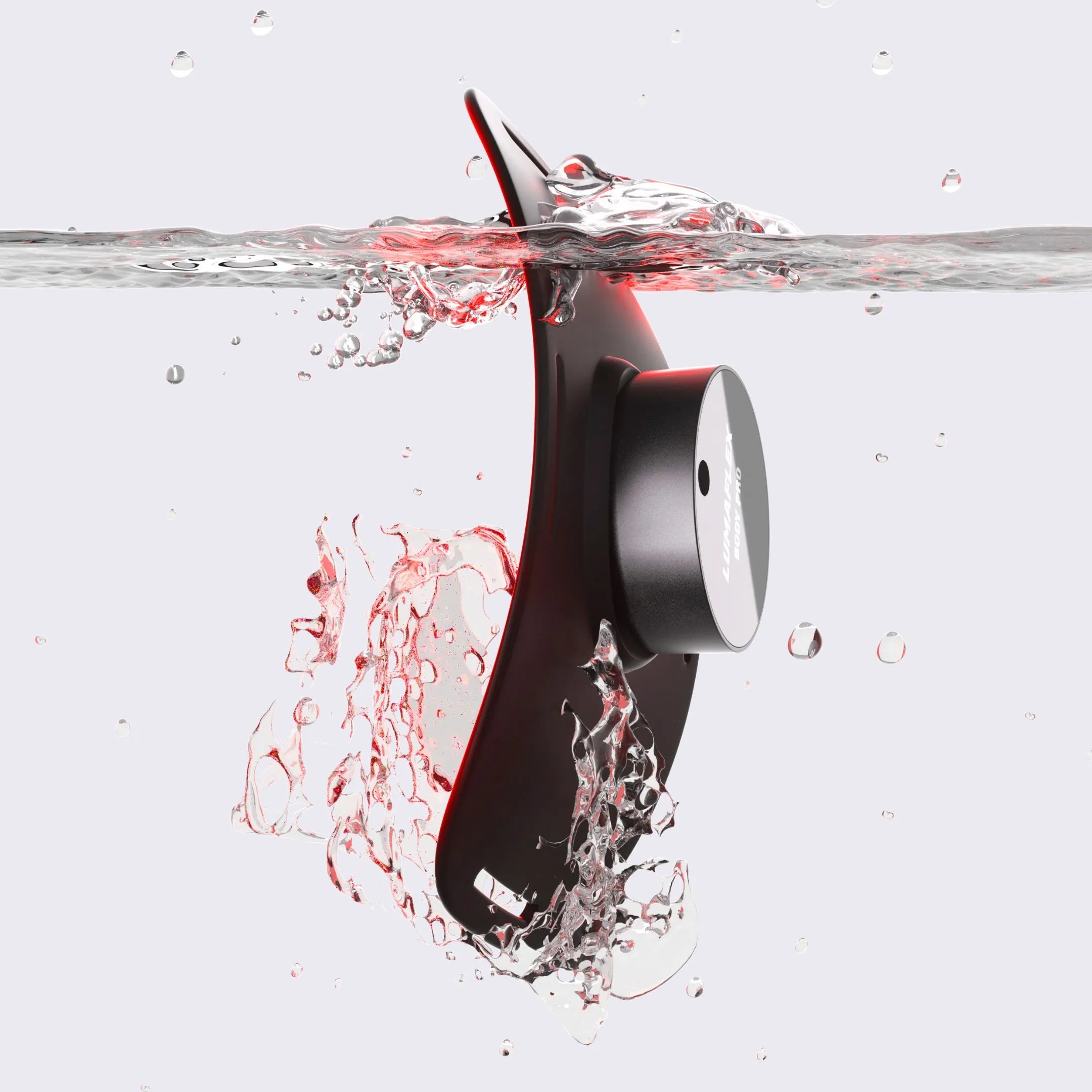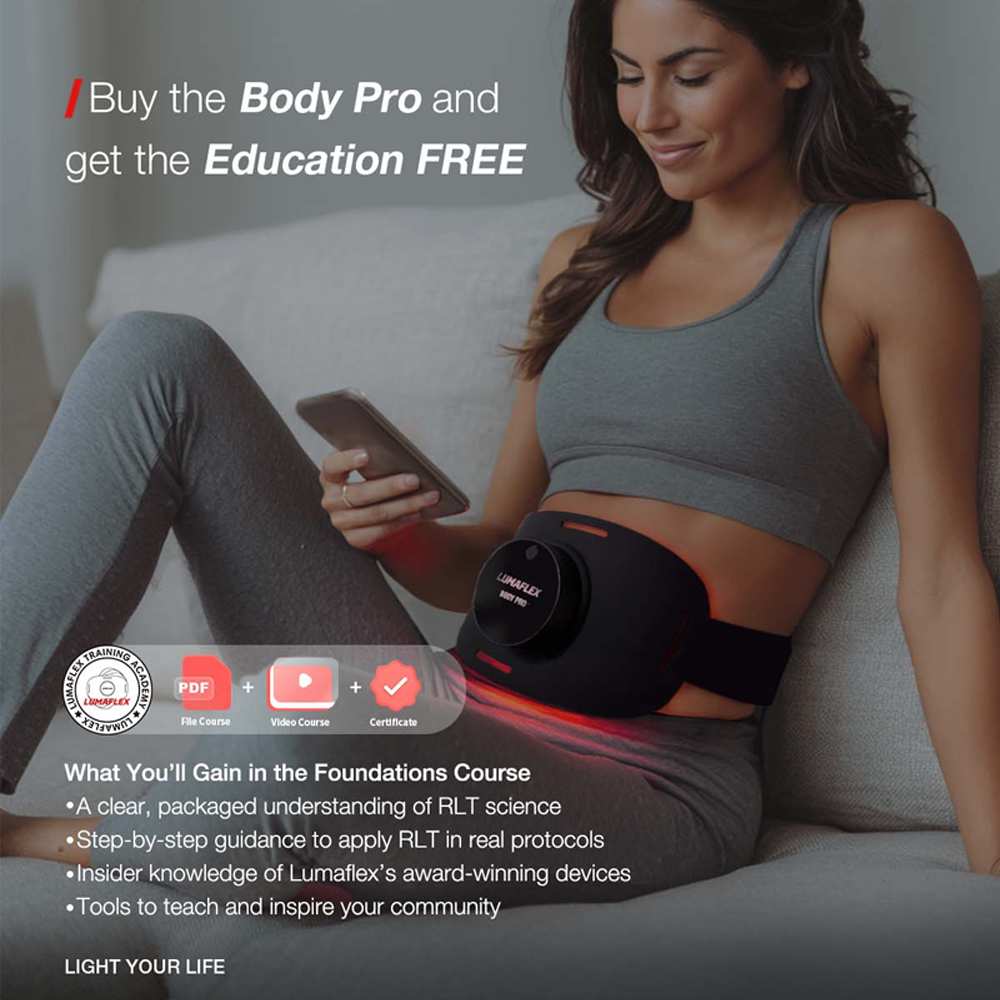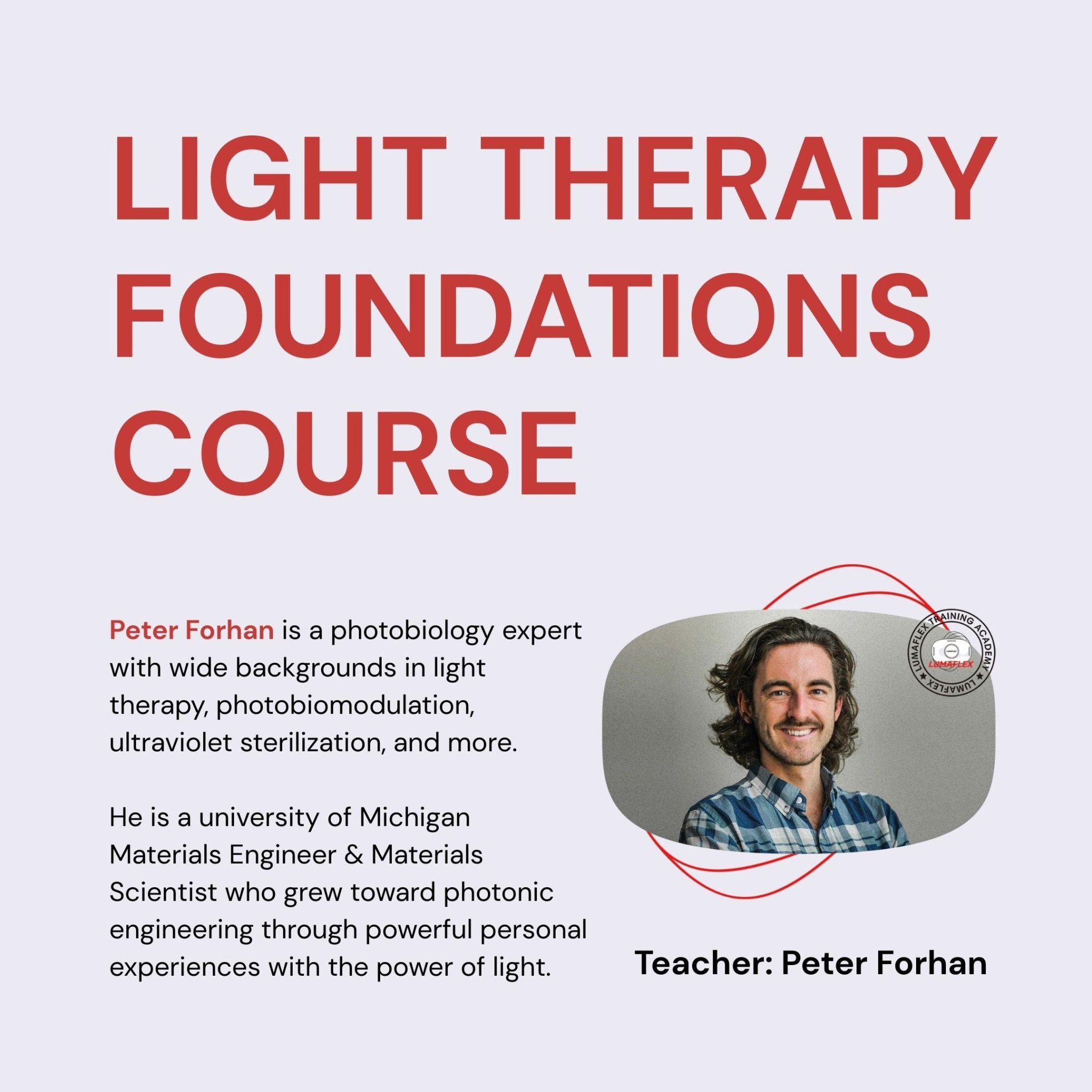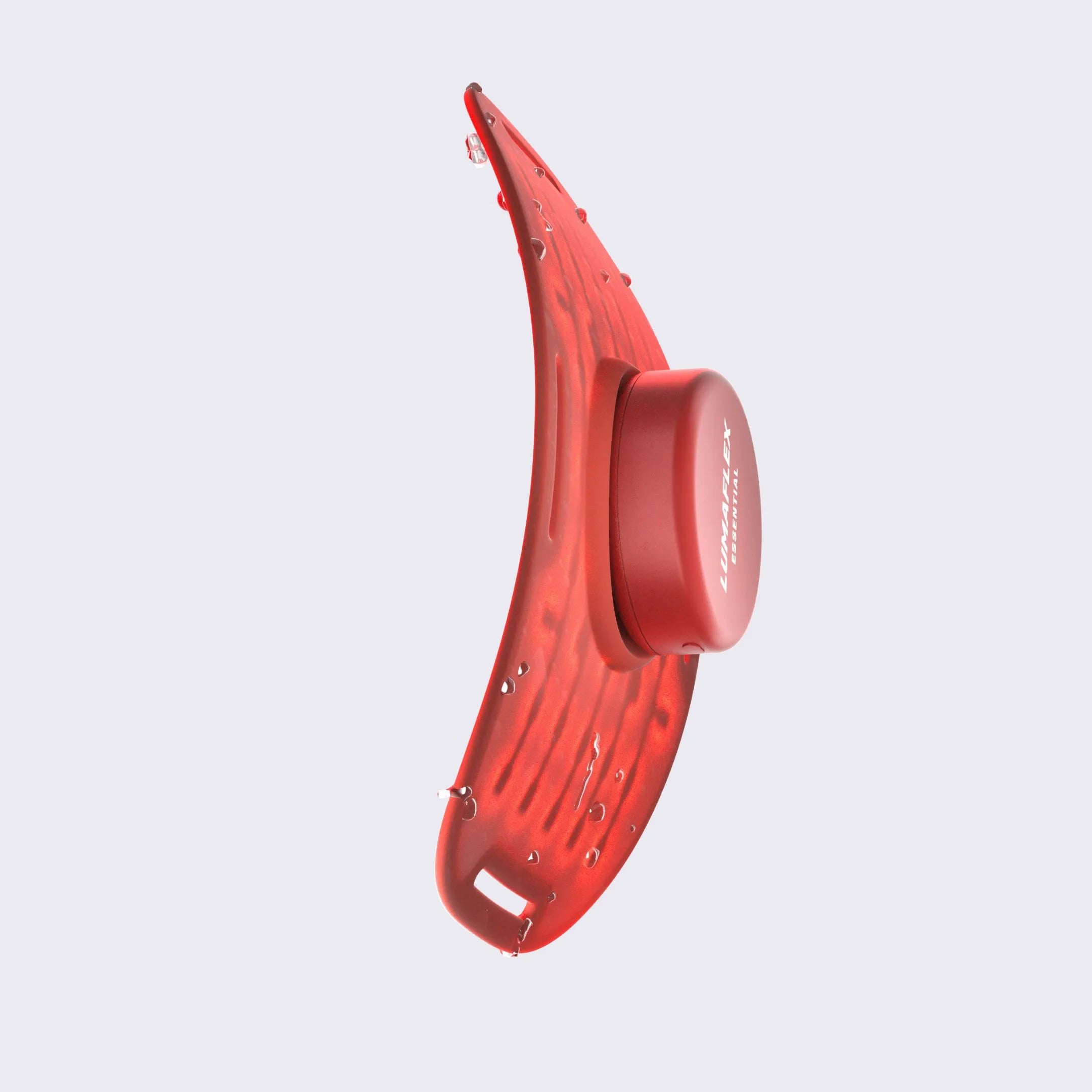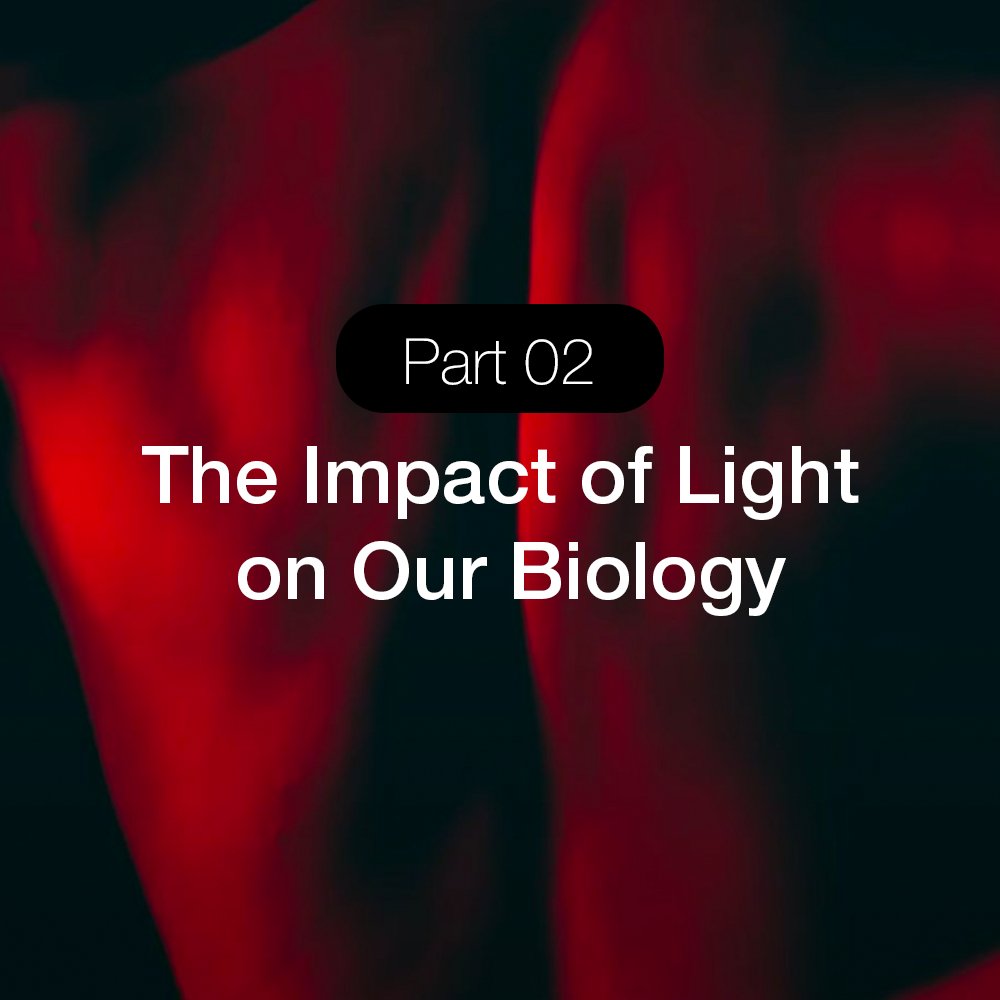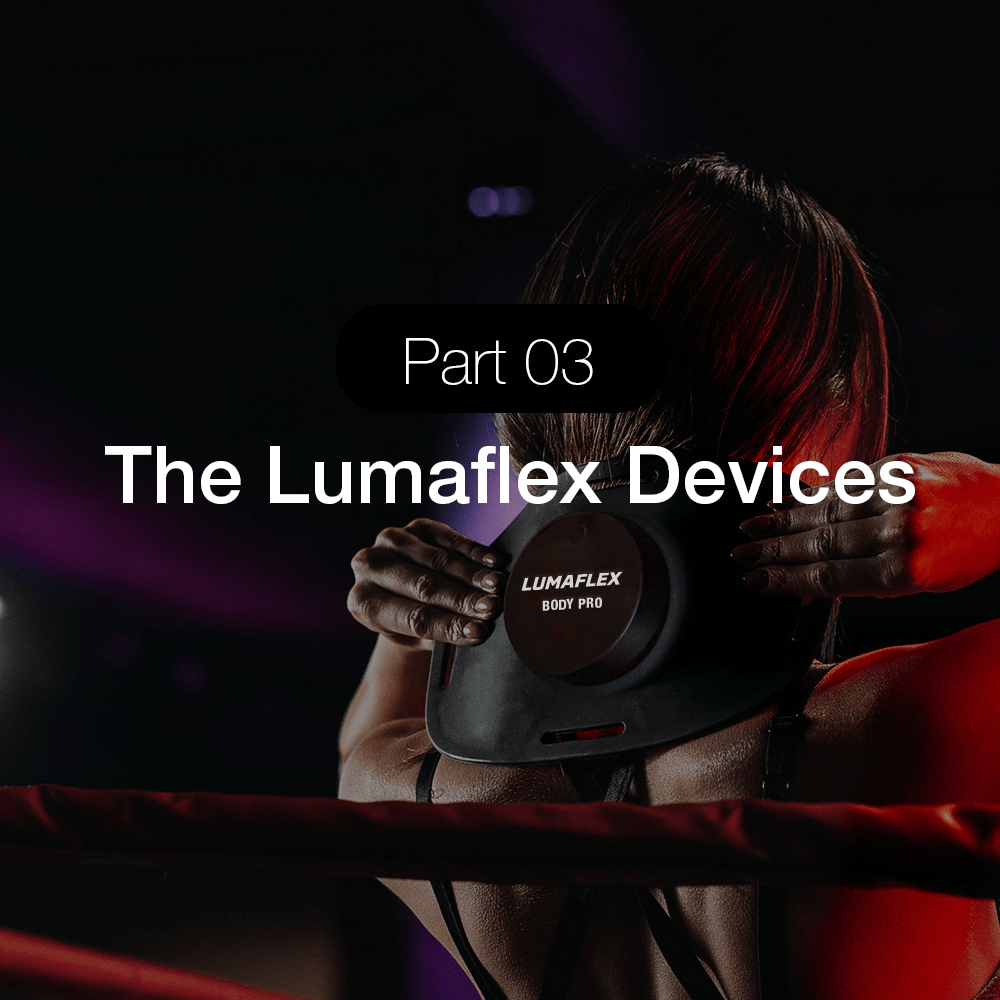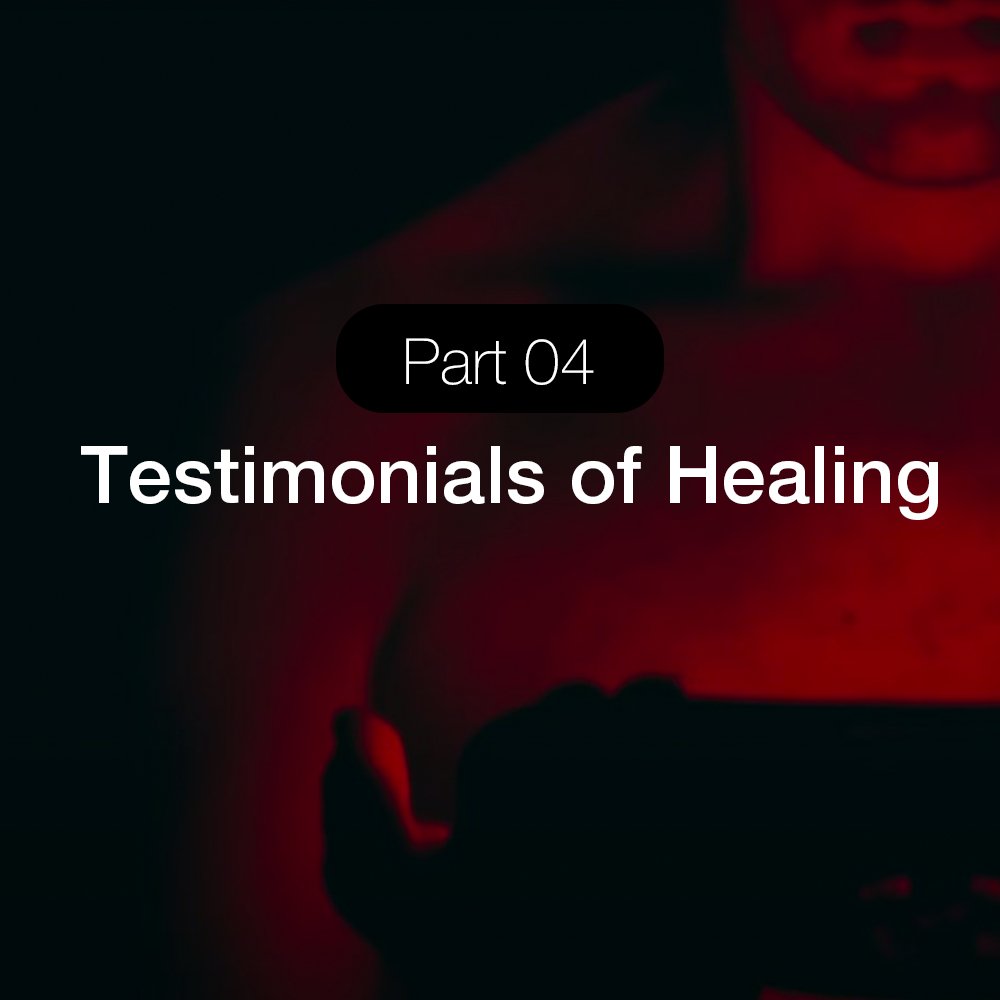Postpartum Recovery Made Easier with Red Light Therapy

Light for a Gentler Postpartum Recovery
Postpartum recovery brings its own joys and challenges. Many mothers have bodily discomforts and pain in the days and weeks that follow childbirth. There is discomfort from swelling and from the perineum being sore, whether from tearing, an episiotomy, or from the pain in the tailbone all make sitting, walking, or lifting exhausting daily activities. New parents want to find safe and effective methods to aid positional recovery to resolve discomfort.
Recent research has shown that red light therapy (photobiomodulation) is a gentle and scientifically substantiated option. Clinical research shows specific red and near-infrared light wavelengths promote healing, reduce inflammation, and relieve pain. Additionally, red light therapy healing is more complete and comfort is greater, “in the healing world”. It becomes more effective with ice therapy combined with exercise to restore movement which are considered as “classical methods”.
New moms can recover safely when red light therapy devices are available at home. These devices offer convenient and everyday usage. In this article we will discuss the science behind red light therapy, the most recent studies, and the most effective ways to incorporate this therapy into your postpartum recovery.
- 1. Light for a Gentler Postpartum Recovery
- 2. What Happens During Postpartum Recovery
- 3. How Red Light Therapy Supports Healing at the Cellular Level
- 4. Research Spotlight #1: How Red Light Helped Postpartum Perineal Healing
- 5. Research Spotlight #2: Red Light and Gentle Movement for Tailbone Pain
- 6. Why This Matters for Postpartum Recovery
- 7. Modern Access: Bringing Light Therapy Home
- 8. Safety, Balance, and Professional Guidance
- 9. A Brighter Way to Heal
What Happens During Postpartum Recovery
Postpartum recovery is the time your body takes to heal after childbirth. It will restore your body’s strength and balanced state which will heal bruising and swelling. It will also help recover several internal systems like hormones and the pelvic floor which is why postpartum discomfort and fatigue is expected in the first few weeks after delivery.
Alongside postpartum recovery, new mothers also experience perineal pain from the laceration or episiotomies. These small injuries are often associated with inflammation and swelling, making walking and sitting almost impossible. Coccydynia or pain in the area of the tailbone is another cause of movement strain which is very common during the postpartum period.
Other aspects of postpartum recovery include:
-
Pelvic floor weakness: Muscles stretched during childbirth may take time to regain strength.
-
Hormonal changes: Fluctuating estrogen and progesterone levels can affect mood, energy, and tissue healing.
-
General fatigue and soreness: Healing tissues and adjusting to new routines contribute to overall exhaustion.
Since these processes require tissue repair, inflammation, and muscle recovery, supportive therapies that increase blood circulation and decrease swelling (like red light therapy) may allow the body to heal more effectively. Subsequent sections will detail clinical research on this soft therapy for postpartum recovery, emphasizing safe, do-it-yourself strategies.
How Red Light Therapy Supports Healing at the Cellular Level
Red light therapy also called photobiomodulation (PBM), sends particular wavelengths of light in the red and near infrared range to the body. These wavelengths, unlike the other forms of light, and the heat, penetrate the tissues more gently and without causing any destruction. The light is then absorbed and interacts with the mitochondria, the cell centers, thus producing more ATP which is needed by the cell for the repair and regeneration processes, which is immensely needed by the cells.
This cellular boost has several important effects that are particularly relevant for postpartum recovery:
-
Reduced inflammation: Light helps calm the body’s natural inflammatory response, easing swelling and discomfort in areas like the perineum or tailbone (Mohamed, et.al, 2016).
-
Enhanced circulation: Increased blood flow delivers oxygen and nutrients to damaged tissues, supporting faster repair (Dewi, 2015).
-
Pain modulation: PBM can influence nerve signaling, reducing the perception of pain without the need for medications (Chow, et al., 2016).
-
Support for muscular recovery: Cells in the pelvic floor and surrounding muscles can recover more efficiently, especially when combined with gentle exercises (Chunbo Li et al., 2024).
Red light therapy, as explained, helps decrease pain, increase energy, and revitalizes internal healing processes instead of just covering up underlying problems. This process is promising and non-invasive, perfect for mothers looking to help heal themselves as efficiently as possible.
At-home devices like Lumaflex are crafted in tandem with clinical studies which ensures they use the exact therapeutic wavelengths needed for optimal recovery. This provides peace of mind knowing that new mothers can easily and safely use devices for photobiomodulation.
In the next few paragraphs, we’ll explore two of the most important studies exploring the effects of red light therapy on postpartum recovery, pain near the perineum, and recovery from tailbone discomfort.
Research Spotlight #1: How Red Light Helped Postpartum Perineal Healing
The process of recovering from childbirth can be unexpectedly painful. Pregnancy and childbirth can cause some minor vaginal tears, and an episiotomy can cause an individual to be in discomfort for days during the sitting, standing, or walking position.
Cold therapy have been used for years as the primary treatment of choice, serving the purpose of reducing discomfort within the area. Though, as per more recent studies and findings, there seems to be a red light therapy or photobiomodulation therapy, which can be more efficacious and gentler.
The effect of the red light therapy should be more progressive than ice packs. It should enhance the rate of recovery and also minimize the soreness and swelling. Cold therapy, instead, tends to ease cell pain for the individual.
Everyday activities became much easier. Red light therapy does not simply mask discomfort, which already is a major advantage. Instead, it seems to provide the healing process the body sustains itself a gentle boost.
A 2024 clinical trial published in the European Journal of Obstetrics, Gynecology and Reproductive Biology compared the effectiveness of Cryotherapy and Photobiomodulation in the immediate postpartum period (12 hours within the delivery) in women with grade I or II perineal lacerations and/or an episiotomy. 58 parturients who had vaginal deliveries were selected as population sample and were randomly divided into two equal groups: one group received PBM while the other cryotherapy.
Insight on red light therapy postpartum recovery:
- Red light therapy can accelerate tissue repair for women with perineal trauma postpartum.
- Postpartum with perineal trauma report decreased swelling and soreness with red light therapy than with ice therapy.
- Early postpartum mobility aids self confidence and autonomy for women with perineal trauma.
At-home devices like Lumaflex focus on using wavelengths safely and can be increased to daily therapy sessions. These do not replace clinical settings. Medical postpartum recovery procedures such gentle movements, rest, red light therapy and warm compresses can be used alongside these home devices.
Mothers who used red light therapy after perineal injuries experienced less swelling and soreness sooner than with ice alone, allowing everyday movements like sitting and standing to feel more comfortable. It’s a gentle way to support the body’s natural healing, not just mask discomfort.

Research Spotlight #2: Red Light and Gentle Movement for Tailbone Pain
Some new mothers often deal with pain recollected as postpartum coccydynia. Pain in the tailbone, commonly described as coccydynia, is one type of postpartum pain that mothers often deal with. Sitting, standing, or lying down all become painful. Unfortunately, pain medications and targeted exercises often feel like the only available ways to alleviate the hurt, and progress is often still very slow.
A 2025 clinical study published in Photobiomodulation, Photomedicine, and Laser Surgery regarding postpartum pain in the tailbone focused on the combination of light therapy and pelvic exercises. 60 participants that received both treatments reported greater improvements with their mobility and daily activities, along with a noticeable decrease in pain relief, as opposed to the participants that only performed exercises.
It is now easier to understand the scientific logic behind such a case. Muscles and connective tissues regain the ability to function more readily. They often do this by undergoing a red light therapy which accelerates tissue inflammation and rupture, and simultaneously, circulates more blood than usual to the afflicted region. Gentle pelvic exercises make use of the body’s natural systems that are paired with red light therapy, making every movement more constructive and less painful.
For mothers with the described above discomfort, using red light therapy does not require a long-term clinic visit, as routines can be done from home. Devices such as the Lumaflex which provide a concentrated beam of the clinical light aid in recovery from postpartum pain. And of course, all therapy is suggesting and does not replace the aid from a medical practitioner.
Key takeaways for postpartum recovery:
- Performing pelvic floor exercises alongside red light therapy will boost mobility and pain relief outcomes.
- Light therapy supports movement recovery by decreasing muscle and tissue repair times.
- Safe and consistent exercise at home enhances comfort during daily activities.
Incorporating red light therapy and pelvic floor exercises enables rapid recovery from tailbone pain and increased mobility, improving daily activities. It enhances tissue and blood flow repair from gentle abdominal and glute exercises.
Why This Matters for Postpartum Recovery
Postpartum recovery entails more than simply waiting for the discomfort to dissipate, it requires rest. Healing is multicentric and the body has to restore it in a manner whereby a new mother has to regain her ease, mobility and restore confidence. Recent studies on red light therapy highlight this soft and non-invasive concept and its importance to the recovery process.
The use of red light therapy, whether it be on the perineum or the tailbone or any other part of the body post childbirth, acts on the cellular level. Hence its use reduces inflammation and increases the blood flow towards the tissue, enhancing the repair of the tissue. Participants of the clinical trials have pointed towards a significant ease in their recovery. The mothers reported being able to mobilize, the discomfort during activities of daily living and having autonomy over their recovery process.
How Red Light Therapy Supports Postpartum Recovery
- Speeds tissue repair: Energizes cells of damaged tissue to aid in repair at a faster rate.
- Reduces inflammation: Reduces elevated inflammation at the cellular level.
- Improves mobility: Reduced pain is associated with improved sit to stand and overall mobility.
The research underscores recovery from childbirth is at its best when different techniques are employed simultaneously. The use of ice packs in conjunction with the rest, and gentle movements remains beneficial, but red light therapy actively enhances the healing processes in the body, and can be added to help new mothers feel better sooner.
Making It Accessible at Home
New mothers can conveniently incorporate red light therapy into their routines, courtesy of contemporary inventions like Lumaflex. These devices reduce the need for tedious clinical appointments, as they provide adequate red light for home use, which enhances tissue repair and alleviates discomfort. This enables mothers to be at ease throughout their recovery.

Modern Access: Bringing Light Therapy Home
Previously, red light therapy was restricted to clinics and professional practitioners, but technology has made it availabe to new mothers to enjoy the benefits of therapy in the home setting. This new technology greatly enhances daily therapeutical treatments, delivering sufficient light to enable the body processes therapy that enhances self recuperation.
Why Home Devices Matter
Postpartum recovery is unpredictable. It may involve swelling, soreness and lack of energy, all of which greatly interfere with the ease of attending clinics during the first month after giving birth. The introduction of devices empowers mothers to balance their recovery and therapy, enabling mothers to pace recovery and therapy at their maximum lull in activity. Red light devices improve the ease of use and are deliver faster results. Ultimately, all show positive benefits from the therapy.
Features to Look for in At-Home Devices
As mothers devote time and energy to consider red light therapy devices, they need to focus on:
- Targeted wavelengths: Red and near-infrared light, which is what clinical research studies use.
- Adjustable intensity and session length: To accommodate different recovery needs.
- Safe design: non-invasive, hands-free, and can be used near delicate areas.
- Portability: Small, lightweight devices are easier to incorporate into daily routines.
Lumaflex: Bringing Science to Everyday Recovery
Devices like Lumaflex are designed with these features in mind. They provide safe, consistent red and near-infrared light, allowing new mothers to support perineal healing, reduce inflammation, and enhance tissue repair without leaving home. By combining this therapy with gentle movement and rest, mothers can feel more empowered in their recovery journey.
Tips for Safe Home Use
- Follow manufacturer guidelines for session duration and frequency.
- Focus on the affected area for maximum benefit.
- Pair with gentle exercises or stretches when recommended by a healthcare professional.
- Monitor your body’s response — discontinue or adjust if you experience discomfort or irritation.
Devices like Lumaflex enable use of red light therapy at home which allows mothers to maintain consistency, support cell repair, and regain comfort and mobility. It is remarkable how such advanced research can be converted to such practical devices for recovery.
Safety, Balance, and Professional Guidance
While red light therapy shows promising benefits for postpartum recovery, it’s important to remember that every mother’s journey is unique. Recovery timelines, pain levels, and tissue healing vary widely, so no single therapy is a replacement for personalized medical guidance.
Consult Your Healthcare Provider
New mothers should seek the approval of their obstetrician, midwife or physiotherapist before utilizing red light therapy. This is especially important if there are:
- Active or active unresolved perineal wounds or perineal tears
- Obstructed deliveries, and in particular, deliveries which are accompanied by serious tearing or the performing of an operation
- Active or unresolved medical issues that would hinder the healing of tissues
If therapy is properly integrated, rest, pelvic floor recovery, pain relief, and other techniques can also be utilized.
Safe Use at Home
For mothers using home devices like Lumaflex, following manufacturer instructions is key:
- Limit session length and frequency according to guidelines.
- Target only the affected area to prevent overexposure.
- Monitor your body’s response and pause if irritation or discomfort occurs.
Balancing Therapies
Red light therapy works best when it’s part of an integrated recovery regimen. Incorporating light exercise, adequate rest, hydration, and proper nutrition can optimize the body’s self-healing processes; light PBM can augment recovery without additional risk. The idea isn't to rush the process, but to support the body gently and consistently.
Mothers can safely use red light therapy and use the recovery process with proper red light therapy to balance and support the body. This way, mothers will have the autonomy to heal and regain empowerment.

A Brighter Way to Heal
Postpartum recovery can be much more than what you can expect. Soreness, swelling, and fatigue can indeed turn daily routines into impossible challenges. It is true that various gentle, science based approaches like Red Light therapy can help recover. Repairing tissues, reducing inflammation, and restoring mobility is what needs to be done and is feasible with gentle approaches.
Mothers experiencing pain in the perineum and tailbone areas can benefit from gentle, site-focused therapies as augmented with rest, easy motions, and proper instructions, which speeds up the entire recovery. Light therapy can be used with traditional therapies and gives mothers an extra tool to use to empower themselves. Using light/photobiomodulation therapy during the postpartum period can be life changing, as per the available research.
Devices like Lumaflex help mothers use these tools as they blend research with practicality. Photobiomodulation scheduling is easy to use, and as such mothers can fit therapy in around busy schedules. Recovering from giving birth can be made simple, and with Lumaflex it can be non-stressful.
At the end of the day the recovery is about respect for the body, and using tools to heal in the safest manner possible. Needing to have extra mobility, comfort, and confidence are needed with these gentle sessions. Even the right tools can help.
Ready to support your recovery at home? Explore how Lumaflex Red Light Therapy can help you restore comfort and accelerate postpartum healing safely and conveniently.





